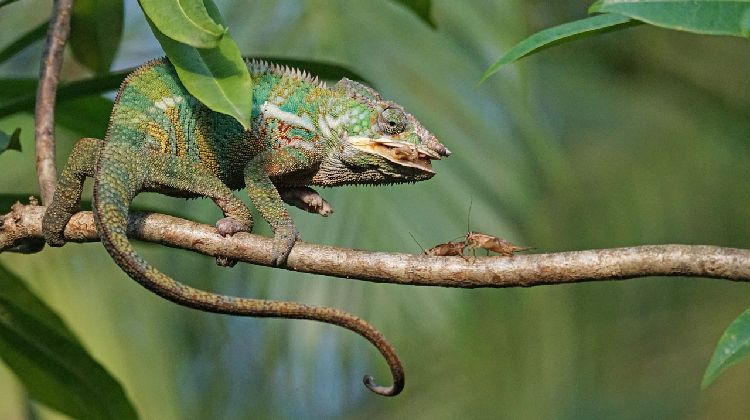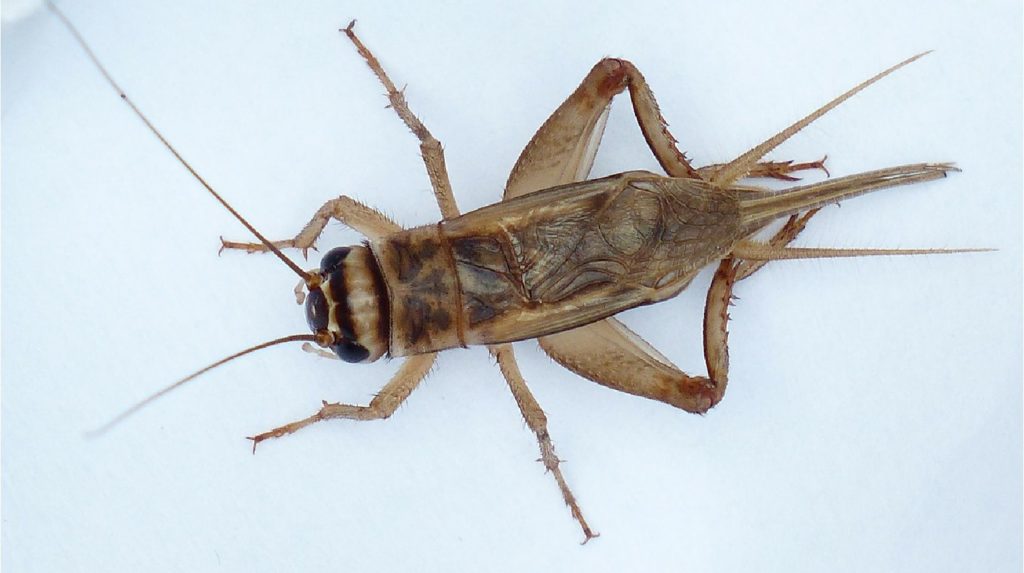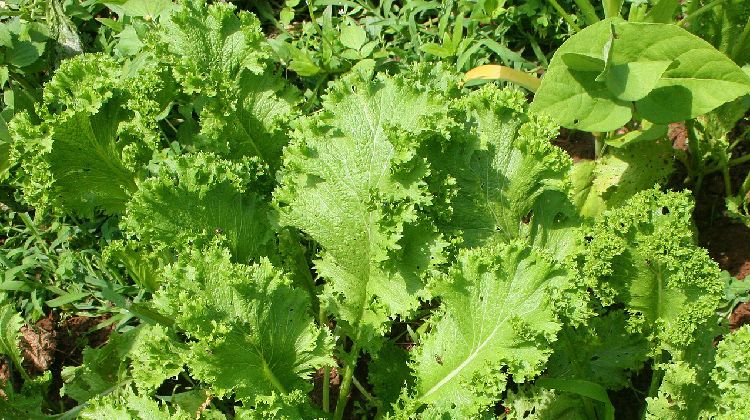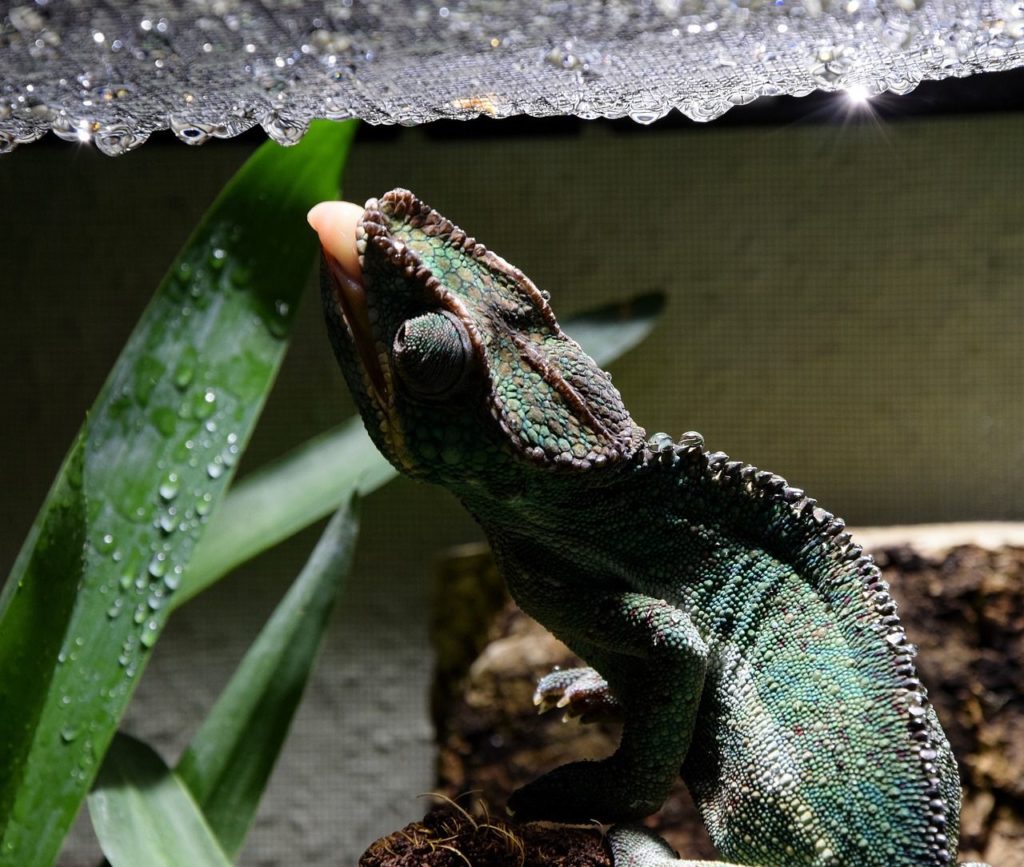Thoughtfully designing your chameleon’s diet will help them live their healthiest, longest life. There are several do’s and don’ts to keep in mind while grocery shopping for your pet.
Thankfully, these lists are relatively straightforward. You’ll also be relieved to know that feeding a chameleon is highly affordable.

In this guide, we will go through everything you need to know about feeding your chameleon.
Quick Navigation
Chameleon Diet Overview
All chameleons are omnivorous. This is more than just a dietary preference; chameleons in their natural habitat must eat a mixture of meat and veggies to obtain all the nutrients they require for survival.
Juvenile chameleons eat constantly compared to adults and should always have access to food. Feeding can be reduced to once daily or every other day after your chameleon reached adulthood.
While insects will often be snapped up rather quickly, your chameleon may not always be as interested in his greens. Any greens not eaten after a full day should be replaced.
Not all chameleons, even members of the same species, will display the same eating habits. This is not a reason for concern so long as your chameleon is taking in balanced nutrition on a regular basis. Workarounds for picky eaters also exist in the form of dietary supplementation, which we will cover a bit later.
Insects, Insects, Insects

The vast majority of your chameleon’s diet is going to be made up of insects – as a result, it is extremely important to feed them the right types.
Be aware of the nutritional content of the insects your chameleon is fed—not all creepy crawlies are created equal.
Best Staple Insects for Chameleons
Having a go-to staple insect that you feed your chameleon regularly is important. Here are a few of the best insects to feed your chameleon:
- Crickets
- Dubia Roaches
- Hornworms
- Reptiworms
Insects to Feed Sparingly
When feeding your chameleons, you should always look out for fat content – too much is bad. Here are a few types of insects that are fine for occasional feedings, but shouldn’t be offered every day:
- Mealworms
- Superwoms
- Waxworms
Gut-Loading & Dusting your Chameleon’s Insects
Now for the real plot twist—feeding the insects a healthy diet is equally important to feeding your chameleon properly. This is referred to as gut-loading – essentially, you are plumping-up the insects with nutrients that will benefit your chameleon when they chow down.
Some of the best ingredients to gut-load you insects with are collard greens, turnip greens, mustard greens, dandelion leaves, papaya, and watercress. When you feed these healthy greens to your insects, the nutrition passes on to your chameleon when they feed on the insects.
Supplementing your chameleon’s diet with certain vitamins is also extremely important – in fact, I’d probably call it a necessity.
The best way to do this is by dusting your insects before feeding them to your chameleon. Simply place the insects in a small bag, dust them in a thin layer of supplement, and give it a light shake.
Regarding dusting schedule, here is a good rule of thumb:
- Calcium without Vitamin D3 should be used nearly every feeding – Flunker’s Calcium Without Vitamin D3
- Calcium with Vitamin D3 should be used about twice per month – Flunker’s Calcium With Vitamin D3
Greens and Veggies

When it comes to chameleons and greens, it’s usually a hit or a miss. Some chameleons may spend lots of time munching on plants, while other will never touch them.
This is why gut-loading your insects with greens, as we discussed in the previous sections, is extremely important.
Types of Greens
Leafy greens are ideal if your chameleon does enjoy plants as part of its diet. Here are a few types that you can feed regularly:
- Collard Greens
- Mustard Greens
- Endive
- Escarole
- Dandelions
Types of Vegetables
Like greens, some chameleons will avidly avoid vegeatable. If your chamelon does enjoy some vegetable every now and then, here are a few solid choices:
- Carrots
- Squash
- Sweet Potatoes
It won’t take long before you’ve identified your pet’s “salad of choice” and, once you do, keep a regular(but not excessive ) supply of greens in their enclosure.
Dietary Supplements
Supplements have more uses than protecting your gains! Dietary supplementation is an important part of maintaining balanced nutrition for your chameleon.
Vitamins A and D3, calcium, and phosphorous are all excellent additions to your chameleon’s diet. You can purchase these supplements individually or in a specially-formulated blend—either will achieve the desired result.
We discussed the use of calcium with and without Vitamin D3 earlier.
Another great supplement for chameleons is ZooMed Reptivite. It is high-quality, affordable, and covers the entire spectrum of vitamins and minerals described here.
Simply dust the Reptivite (lightly) over your chameleon’s insects or veggies and you’re good to go!
Keep in mind, though, that Reptivite does contain Vitamin D3 – so this should only be an occasional dusting. Calcium without D3 should be the bread and butter or your dusting schedule.
Feeding Mice to Chameleons – Yes or No?
A lot of online resources suggest feeding you chameleon mice…and while it is possible, we definitely don’t recommend it.
Large enough chameleons are capable of munching on mice (as horrifying as that may sound). However, mice should rarely be included in your chameleon’s diet due to their fat content.
Many pet owners choose to exclude mice from their chameleons’ diet completely because, even though they do contain decent nutritional value, the fat content is far too disproportionately high.
If you absolutely must feed your chameleon mice, make sure to use pinky (newborn) mice. Give them to your chameleon extremely sparingly, if at all.
Keeping Your Chameleon Hydrated

You won’t likely find a chameleon who drinks from a water dish. Chameleons rely almost entirely on plants for water by drinking droplets off the plants surface.
Mist the enclosure’s plants with water four to five times daily to achieve the moisture level required to quench your chameleon’s thirst.
Any simple spray bottle should do the trick, but a cheap pressurized spray bottle makes the process a lot easier – especially since you will be misting several times per day.
Tap water is generally safe for chameleons as long as it is doesn’t have high levels of chlorine or metals. If in doubt, simply use distilled or RO water.
Another way to get some extra water into your chameleon’s diet is by regularly feeding greens. As we explained above, though, not all chameleon will take to greens.
Regardless, make sure you mist regularly!
Foods to Avoid
Here is a list of foods that you’re best off avoiding:
- Wild caught bugs: DO NOT feed your chameleon anything you catch around your house. Wild caught bugs have a high chance of introducing parasites to your chameleon.
- Fireflies: Very poisonous to chameleons…
- Kale: Can mess with your chameleon’s digestive system.
- Spinach: Inhibits calcium absorbtion
- Mango: Toxic to chameleons
- Broccoli: Can mess with nutrient levels
Fruits are a tasty treat for your chameleon, but acidic fruits should be avoided altogether. Also, pay close attention to how consuming different insects affects your chameleon’s bowel movements.
Quite a few chameleon owners report adverse effects when feeding their chameleons mealworms. This may seem somewhat shocking considering the popularity of mealworms as a part of chameleon diets, but caution should be exercised all the same.
The issue here is the development of impaction, which is a bowel obstruction caused by partially undigested food. Impaction can range from mildly uncomfortable to lethal for your chameleon, so it should be taken extremely seriously.
Quick Summary
- Chameleons eat most frequently when they’re juveniles, needing constant access to food. Adult chameleons should be fed either daily or every other day.
- Chameleons are omnivorous, surviving on a diet primarily consisting of insects and dark, leafy greens.
- Chameleons have dietary preferences just like people; cater to these preferences with reason—you should not sacrifice nutritional variety for the sake of appeasing your chameleon’s appetite.
- Insects should only be included as dietary staples if they contain the proper nutritional balance. High-fat insects should be fed to your chameleon sparingly as treats. Make sure to gut load whatever insects you feed your chameleon to maximize the nutrition they receive.
- Mice can be fed to larger chameleons as treats but should be done so extremely sparingly as they are very, very high in fat.
- Chameleons rely heavily on plants for the water they drink, consuming the droplets that collect on the plants’ surface. Mist the enclosure’s plant life several times daily to ensure your chameleon stays hydrated.
- Dietary supplements are one of the pillars of a chameleon’s nutritional intake. Vitamin A, Vitamin D3, calcium and phosphorous are the most important of these supplementary nutrients. Blends containing each of these ingredients can be purchased cheaply and should be lightly dusted over your chameleon’s insects and greens.
Frequently Asked Questions
Here are a few of the most common questions regarding chameleon diets:
How can I tell if my chameleon is getting proper nutrition?
A: Behavioral patterns are some of the best ways to identify whether a chameleon is healthy. Your chameleon should be active and alert, and their body and tail should be sufficiently “filled out” proportionately to their length.
Malnourished chameleons may become lethargic and expel mucous from their mouth and nose. They will also begin to display wasting because of insufficient nutrient intake.
What are warning signs of impaction?
A: The most obvious red flag is an absence of bowel movements for several days despite routine feedings. This can also be accompanied by the animal visibly straining to defecate, a swollen abdomen (especially toward the pelvis), and eventually refusing to eat.
Seek veterinary attention for your pet if you believe their bowels are impacted.
My chameleon won’t eat his greens. Should I be worried?
A: As we discussed above, chameleons have dietary preferences just like any human. They may love their veggies, or they may hate them completely.
If your chameleon isn’t eating their greens you can compensate with additional dietary supplementation, but you should only do so if you’ve exhausted every possible option for greens.
Conclusion
Your chameleon is going to be unique. With that in mind, understand that trial and error are going to play critical roles in establishing the ideal chameleon diet.
Remain equally attentive to your feeding your pet as you are with all other elements of their care and they should enjoy many healthy years.
Thank you for reading our write up on chameleon diets and best of luck!